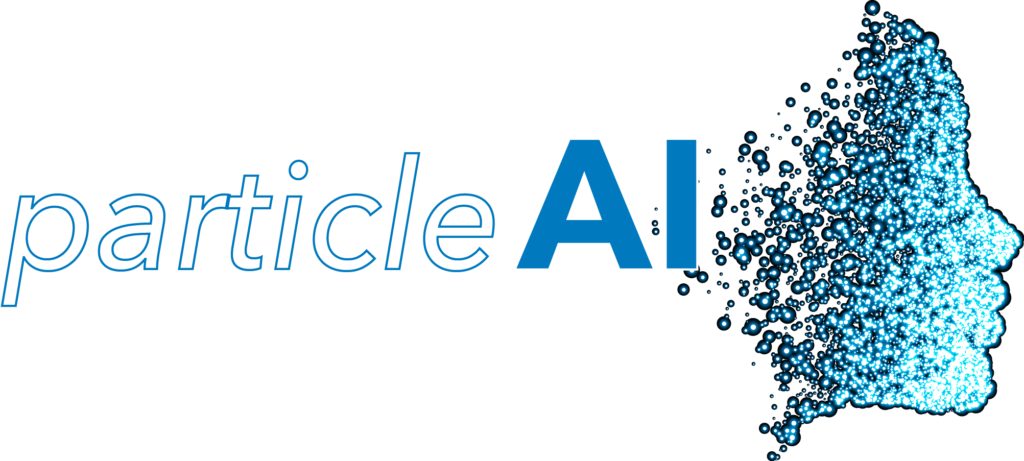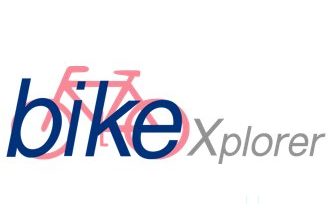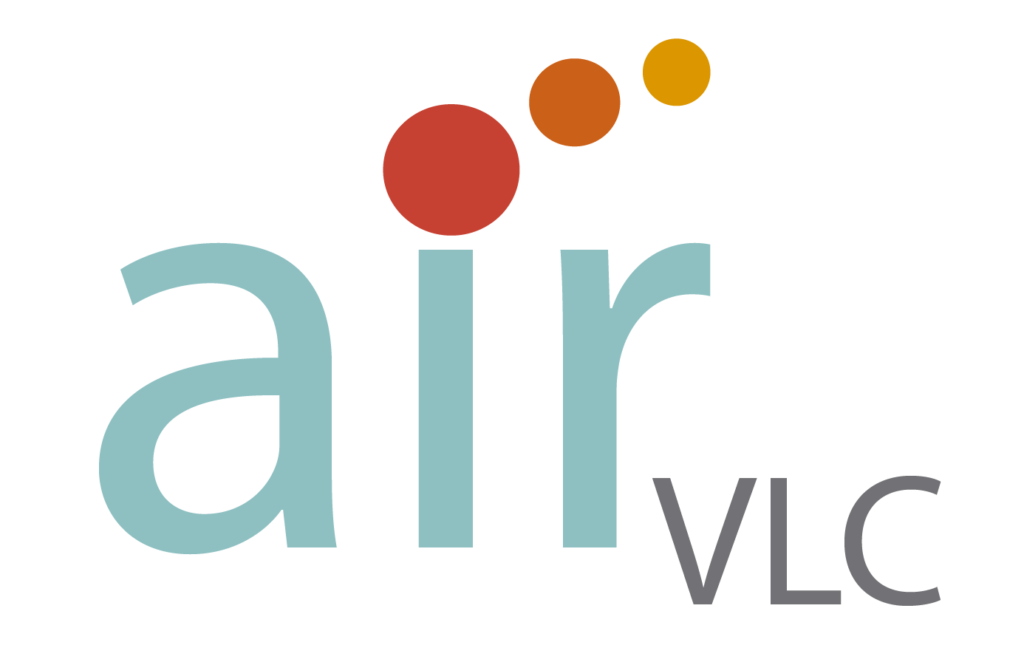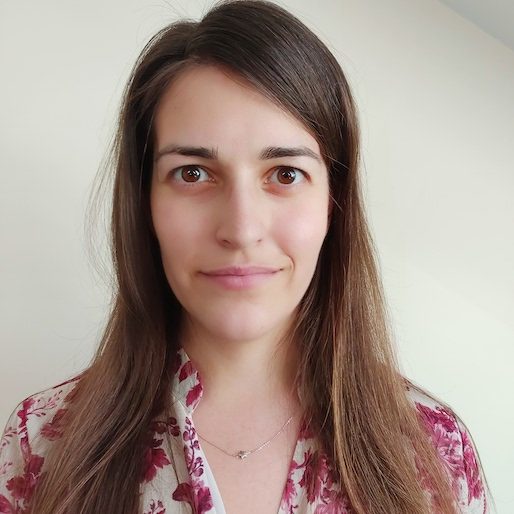Research
I find that the Web is a fascinating world full of many diverse areas to explore, which allows us to combine different types of studies and offers the possibility of thoroughly researching online and offline aspects. The combination of different techniques applied to the Web allows us to have a complete and fascinating view of the world.
Although I am still in the first stage of my PhD, I can say that I love working with data extracted from the web, creating visualizations and looking for answers to the behavior of all its components.
The following list of interests shows the different general areas that attract me most from the study of the Web: Cybermetrics, Patents, Social Network Analysis, Network Theory, Web Data Mining, Search Engines, Online Visibility, Open Data, Web Indicators, eMarketing, Link Analysis.

Prime Time
The Prime Time project aims to create new indicators to measure the effects of timely marketing on scholarly evaluation
The project project aims to provide a framework for the generation of significant scientific knowledge in the field of scientific studies, specifically at the intersection of Academic Communication, Science Communication, and Research Evaluation. This approach is based on an interdisciplinary and multidisciplinary perspective, utilizing various qualitative and quantitative research techniques.
The project focuses on the influence of online visibility of research objects on their scientific impact and the reputation of the individuals responsible for these research objects. It begins with the hypothesis that timely promotion and advertising of research objects have a notable impact on their prestige and scientific reputation. The goal is to gain a better understanding of how scientific literature is sought, the characteristics of visible objects, the role of intermediary objects in promotion, and the development of new web-based indicators to evaluate scientific actors and objects.
In summary, the Prime Time project seeks to understand how online visibility affects scientific impact and reputation in research by exploring the way scientific information is sought, search engine result ordering algorithms, and marketing and promotion activities.
This project is funded by the Spanish Ministry of Science and Innovation. Project Reference: PID2022-142569NA-I00.

CUVICOM
The CUVICOM project aims to enhance the quality and relevance of journalism and digital communication through curation, visualization, and visibility strategies.
The project “Parameters and strategies to increase the relevance of the media and digital communication in society: curation, visualization and visibility (CUVICOM acronym in Spanish)” has a duration of three years (2022-2025) and Javier Guallar and Mari Vállez are (University of Barcelona) its PIs .
The main objective of the project is to systematically analyze three strategies (curating, visualization and visibility) to increase the quality and social relevance of journalism, digital media and digital communication.
We believe that the three factors increase the quality of information products from the media, and of digital communication in general, while adding credibility to digital content and media production. The associated increase in relevance implies a greater potential to displace and counter low-quality information and disinformation, thereby reducing polarization and more inclusive societies can be achieved.
The complexity of the current ecosystem of digital communication requires interdisciplinary approaches for its full understanding. Thus this is an ambitious and interdisciplinary project, with researchers belonging to the areas of Communication and Information Sciences, grouping a significant number of researchers from different universities, both national and international.
This approach ensures the addition and confrontation of perspectives, which go beyond the local and national scope, and which are necessary to be able to integrate a polyhedral understanding of the object of study.
This project is funded by the Spanish Ministry of Economy, Industry and Competitiveness (MCIN/AEI 10.13039 /501100011033). Project Reference: PID2021-123579O-l00 and by FEDER “A way of making Europe”.

eMarketWine
Design of a method and development of an intelligent information online tool oriented towards recommendations in the wine market.
Starting from a previous project (Trademetrics), based on the cybermetric analysis of Spanish companies in the wine and fashion sectors to gauge their web visibility level, the need of expanding the analysis model arises by including new textual metrics (keywords) and composite indicators. A model of this kind (named keymetrics), and empirically validated, would achieve not only a more comprehensive and granulated radiography of a company’s web visibility, but also capturing more accurately alternative evidences aimed at calibrating and facilitate opportunities for international marketing of certain Spanish products in foreign markets, through the direct comparison of web contents offered by companies (supplyers) and user-generated contents (demand) in the different markets of interest.
The main objective of eMarketWine is therefore to design, develop and implement a cybermetric analysis model based on big data which allows obtaining useful information to facilitate Spanish products’ commercialization in international markets (online information intelligence). Given its economic interest, we decided to focus the application of the model in the study of the Spanish wine sector and its international marketing in the United States. Finally, the development of an online product that allows us installing and operating the analysis model through different business models (B2C, B2B2C, ROPO), in order to produce reports on demand, useful for decision-making in the sector.
This project is funded by the Spanish Ministry of Economy, Industry and Competitiveness. Project reference: CSO2016-78775-R

Trademetrics
A cybermetric analysis on the presence of Spanish wine and fashion on the web
It seems there is a lack in using cybermetrics applied to industry in general, and in particular for the design and development of advanced market reports, focusing specifically on the international market (both offline and online). The application in other sectors with industrial activity is still very scarce, and being held by commercial firms in most cases, it prevents the access of certain content (due to issues of intellectual property). Advanced market reports on the web are based on information provided by users about products or brands, so what evaluators are actually evaluating is the end of the chain, forgetting the creation and diffusion processes, for which an approach based on Cybermetrics provides indicators and processes for obtaining released data.
The objective of this project was to develop and validate a model-oriented cybermetric sectorial analysis of Spanish Brands niches on internationalization, focusing on the presence, use and impact of web companies products and brands. It also aims to identify the factors that influence the market regarding the diffusion of Spanish web products, brands and companies by sector. The result of the research is an optimized cybermetric product, brand, people and companies analysis from the Spanish online market.
This project was funded by the Spanish Ministry of Economy, Industry and Competitiveness. Project reference: CSO2013-46138-P

Rare diseases on the Web
Comparative analysis of the behavior of different search engines in the treatment of research on Rare Diseases
Rare Diseases are those who affect a small portion of the population, with the related problems in research and financial problems that this has. To give visibility to them on the Internet, it’s necessary to know how the search engines manage the online information. Internet searches are essential to find information, because of this, knowing about the visibility and presence of Rare Diseases association’s portals in the web through search engines is required, analysing the bias applied by them to the Rare Diseases information.
To do this, an analysis of interest on Rare Diseases is made, listing all related associations drawn from various sources of information, and developed an unified directory with 438 entries. Selected a top 50 diseases and, after crossing the data with the list of associations, a hundred associations are chosen. Data extraction is performed on several indicators, using different programs developed for this project, which automatically collect data from two search engines, Google and Bing. Finally, data is processed and analysed to determine how the search engines manage rare diseases information. Of the hundred portals analysed, only 25% has good results. The overall impact is not good, the average stands at 5,25 points according to Web Impact Factor (WIF). Regarding the correlation between the results, Google is the best suited to find information on Rare Diseases. Depending on the results, it is concluded that the presence and visibility on the Web of Rare Disesase should be improved.

ParticleAI
A forecasting system for studying several air particles
ParticleAI is a centralized artificial intelligence system capable of analyzing, monitoring and predicting the state of particles in suspension in the past, present and future to improve the quality of life of people. The application has two parts: the first one is a multi-platform web to visualise a study of the particles analised. The second is a Virtual Assistant that communicates in real time to the users the air and particle quality and quantity, sending alerts while dangerous levels appear.
ParticleAI won the 2nd national & local prize in the VI Hackathon Telefónica HackForGood 2018.

bikeXplorer
A forecasting system for bike rental services
An application to predict the demand of Valenbisi stations(Valenbisi is a bike sharing system from the city of València). We use data about the historical demand of the different Valenbisi stations in the city. The application allows the user to obtain an estimation of the future demand in each Valenbisi station as well as the best route to reach a target station. In addition, the system is able to show the potential use of a new station in any point of the map, depending on the type of neighbourhood and census data.
bikeXplorer won the 1st local prize and the 3rd national prize in the IV Hackathon Telefónica HackForGood 2016.

airVLC
An application for real-time forecasting urban air pollution
airVLC is an application to forecast in real-time urban air pollution in the city of Valencia (Spain). Although many cities provide air quality data, in many cases, this information is presented with significant delays (three hours for the city of Valencia) and it is limited to the area where the measurement stations are located. The application employs regression models able to predict the levels of four different pollutants (CO, NO, PM2.5, NO2) in three different locations of the city. These models are trained using features that represent traffic intensity, persistence of pollutants and meteorological parameters such as wind speed and temperature. We compare different learning techniques to get the better performance in the prediction of pollutants. According to our experiments, ensembles of decision trees (Random Forest) outperforms the rest of methods in almost all of our tests. airVLC incorporates the best regression models and, by a distance-weighted combination of the predictions, is able to generate a real-time pollution map of the city of Valencia. The application also includes a warning system for sending notifications to users when a nearby risk pollution concentration is detected.
airVLC won the 3rd local prize in the III Hackathon Telefónica HackForGood 2015.

Transparency Science
This project aims to help understand the Spanish Government expenditure, by transforming the Official Spanish Gazettes into visualizations.
The aim of this project is to provide reliable information about public investment in science, in order to allow citizens to exercise their rights: to be informed in a transparent way, to control their government’s actions and to bring their ideas to guide the country’s policies on public investment in science.
The web application Transparency Science has been developed to cover these needs. It presents the topics and the amount of investment in science by collecting and processing the data from several open sources of the Spanish government. Different visualizations facilitate the understanding of the return of investment in science by citizens. Their participation are promoted through three ways: the first, a voting system; the second, a commenting system for collecting citizens’ opinion in natural language; finally, a crowdfunding system for proposed actions/petitions/etc, driven by the citizen himself, based on the detected topics with the feedback system. The application uses the most popular social networks to spread the proposals and promote the participation of the community.
TransparencyScience was Finalist on the international iConference’s Social Media Expo 2015.
